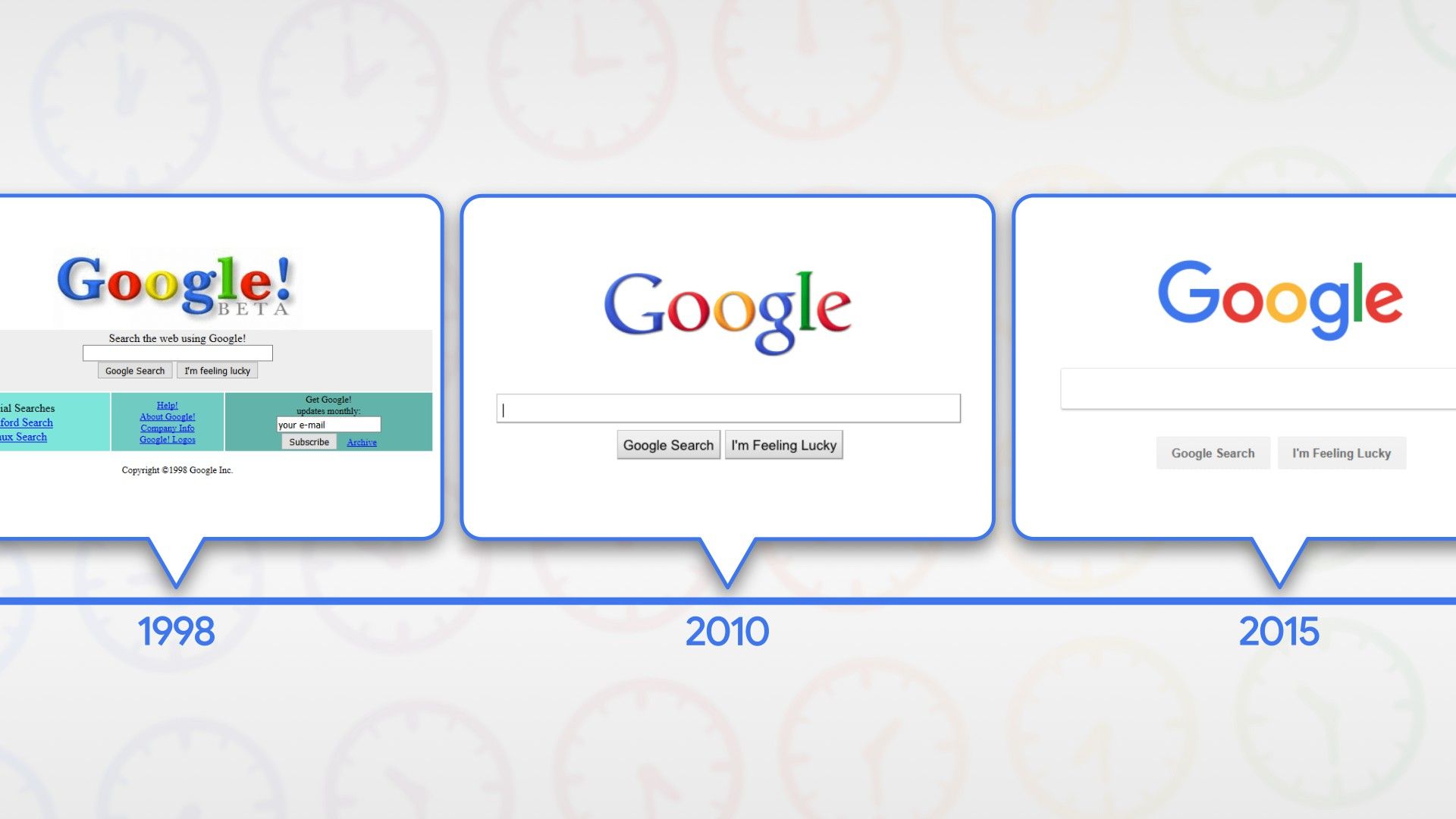Google Search has changed a lot over the years—unsurprising for a 25+ year-old service. What started as a barebones search engine optimized for speed has evolved into something that’s much, much more. In 2012, though, Google Search saw one of its biggest transformative changes.
On May 16th, 2012, Google introduced the world to the “Knowledge Graph.” It’s hard to remember a time before Google filled every corner of the screen with information, but that was mostly the case before the Knowledge Graph arrived. You usually needed to click a result to actually find the information you were looking for.
Prior to 2012, Google Search was very much focused on delivering results for your specific inquiry. The only real “clutter” you would see is image and news results related to your search, or maybe a Google Maps sidebar for location-related searches. That changed with the introduction of the Knowledge Graph.
Suddenly, a simple Google search for “Matt Groening” included a “Knowledge Panel” sidebar with a bunch of information. It contained a short bio pulled from Wikipedia, his age, hometown, schools attended, parents, siblings, awards, media he was associated with, and related celebrities that people also search for. There was a good chance that somewhere in there was the information you wanted, and you got it without clicking a thing.
This is the road Google has been traveling down ever since. Google decided that sending people away from google.com and all the ads they could put there wasn’t good for business. Nowadays, this is presenting itself in the form of “AI Overviews” at the top of the search results. The Knowledge Graph was generally accurate since it pulled from sources such as Wikipedia, but the AI Overviews aren’t as trustworthy.
Back in 2012, the Knowledge Graph felt like a great upgrade. I was happy to see simple information being presented on Google without needing to click a link. However, it’s easy to track Google’s declining public perception to this moment in time. People frequently complain about the results they actually want to see being harder and harder to find on Google.
The Knowledge Graph also kicked off Google’s complicated relationship with web publishers. As an individual, it’s nice to see answeres directly in Google, but for the people who make a living providing those answers, they don’t get anything if no one clicks their links. That’s the same battle publishers fight today—they need Google, and Google needs them, but it’s never simple.
Anyway, the Knowledge Graph marked a significant change in how Google functioned, and it all started 13 years ago today. For better or worse, Google has never been the same since.

Related
How Google Search Results Have Changed Through the Years
Google Search has been around for over 25 years, and public opinion on it has changed a lot in that time. What started as a barebones search engine optimized for speed has evolved into a bit of a cluttered, AI-infused mess. How did we get here?





